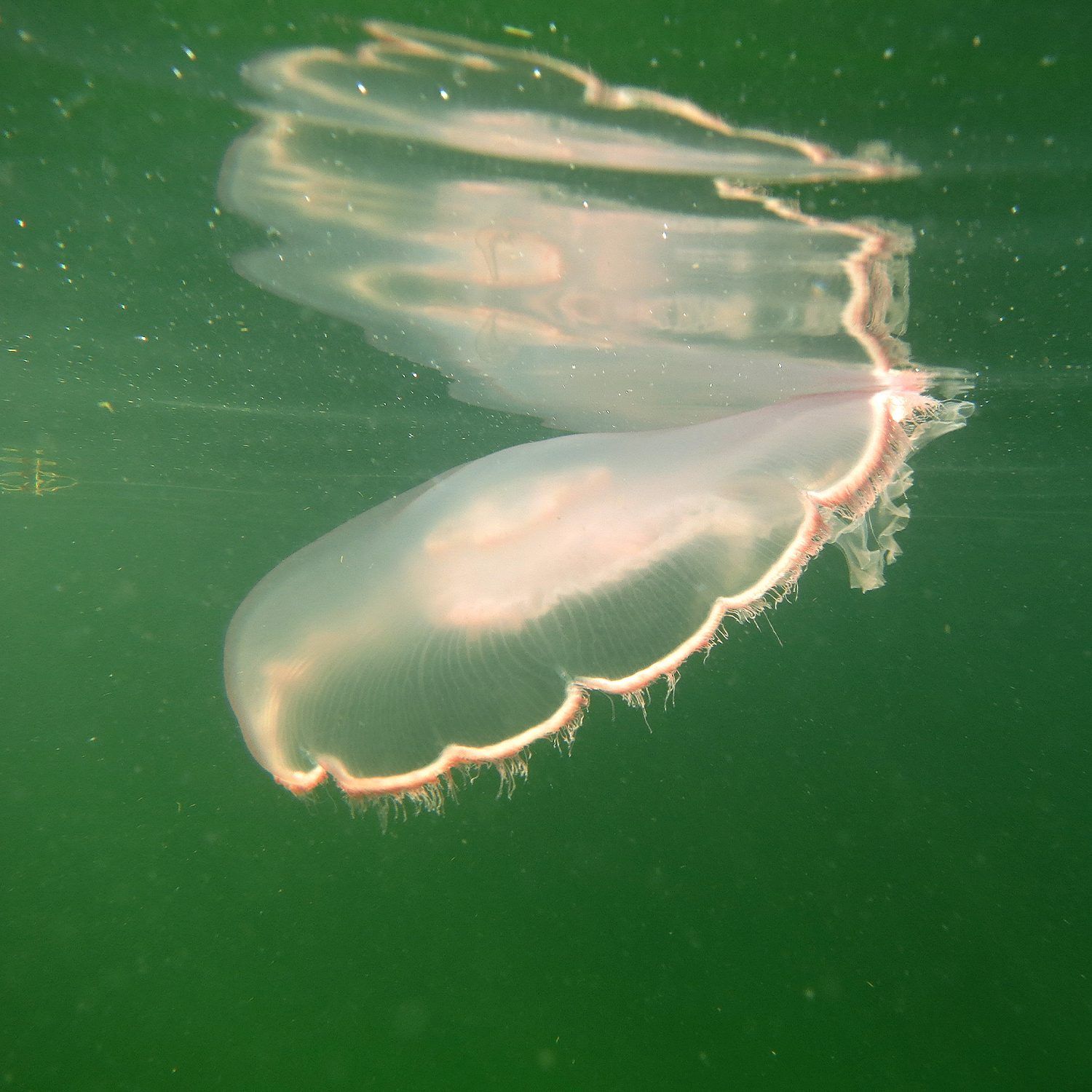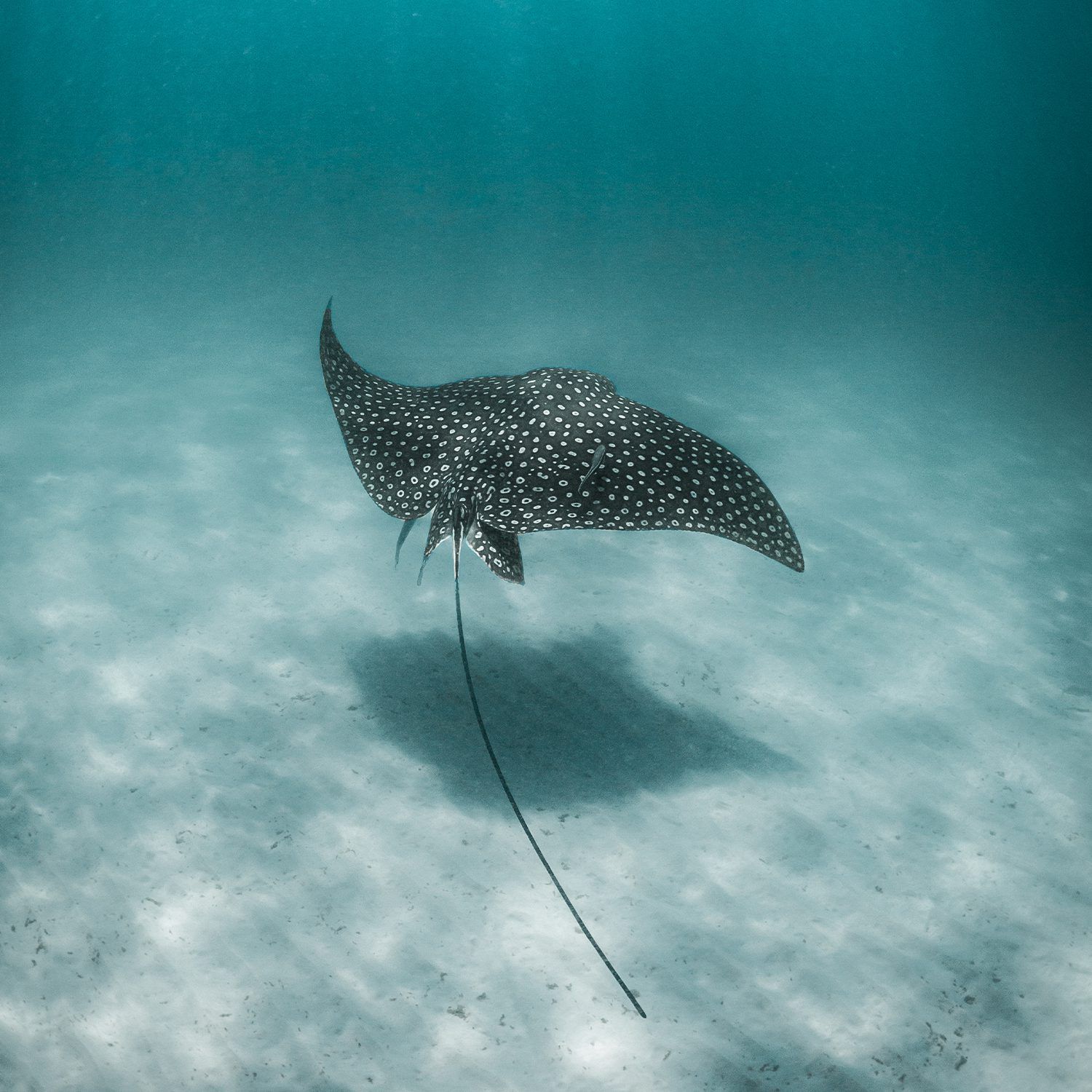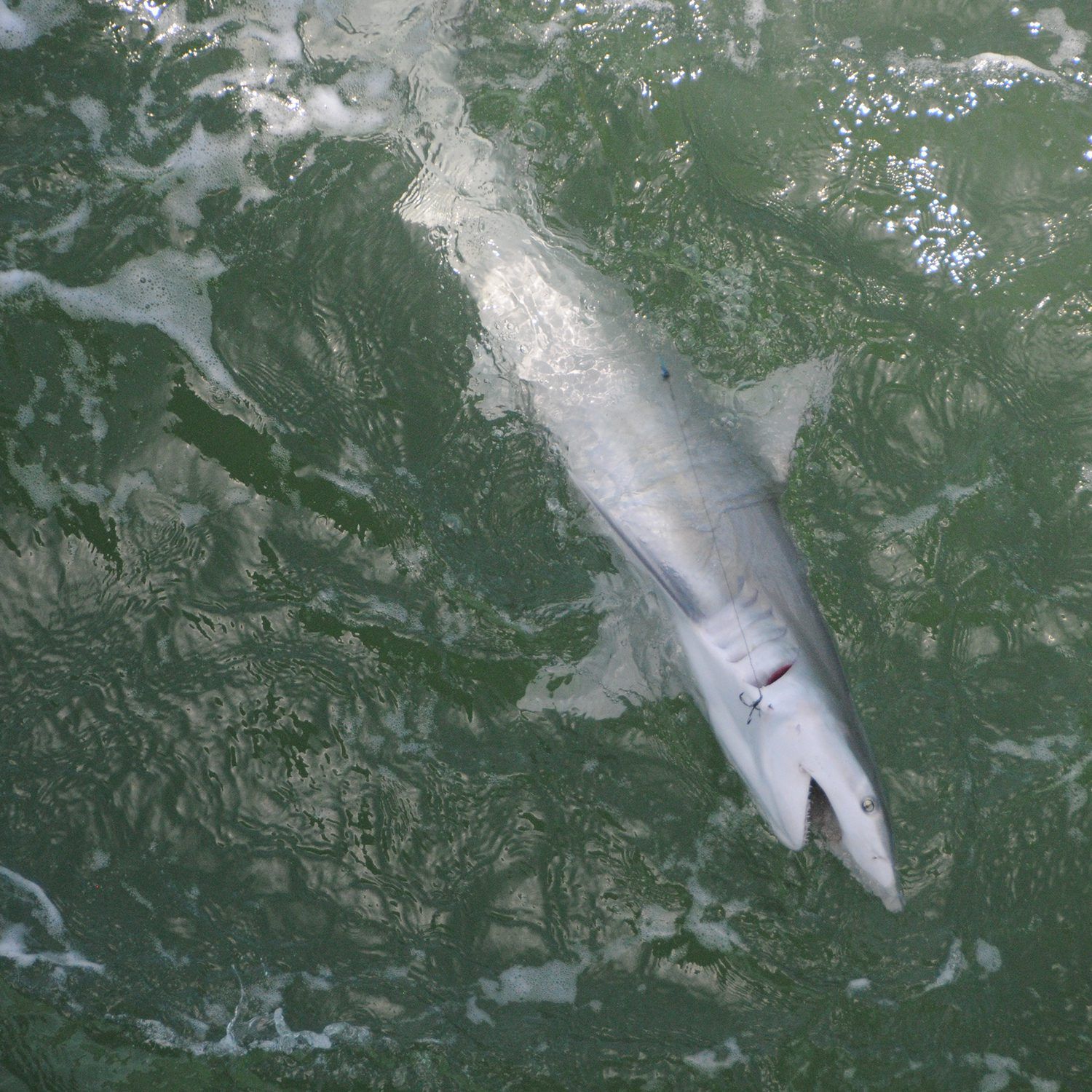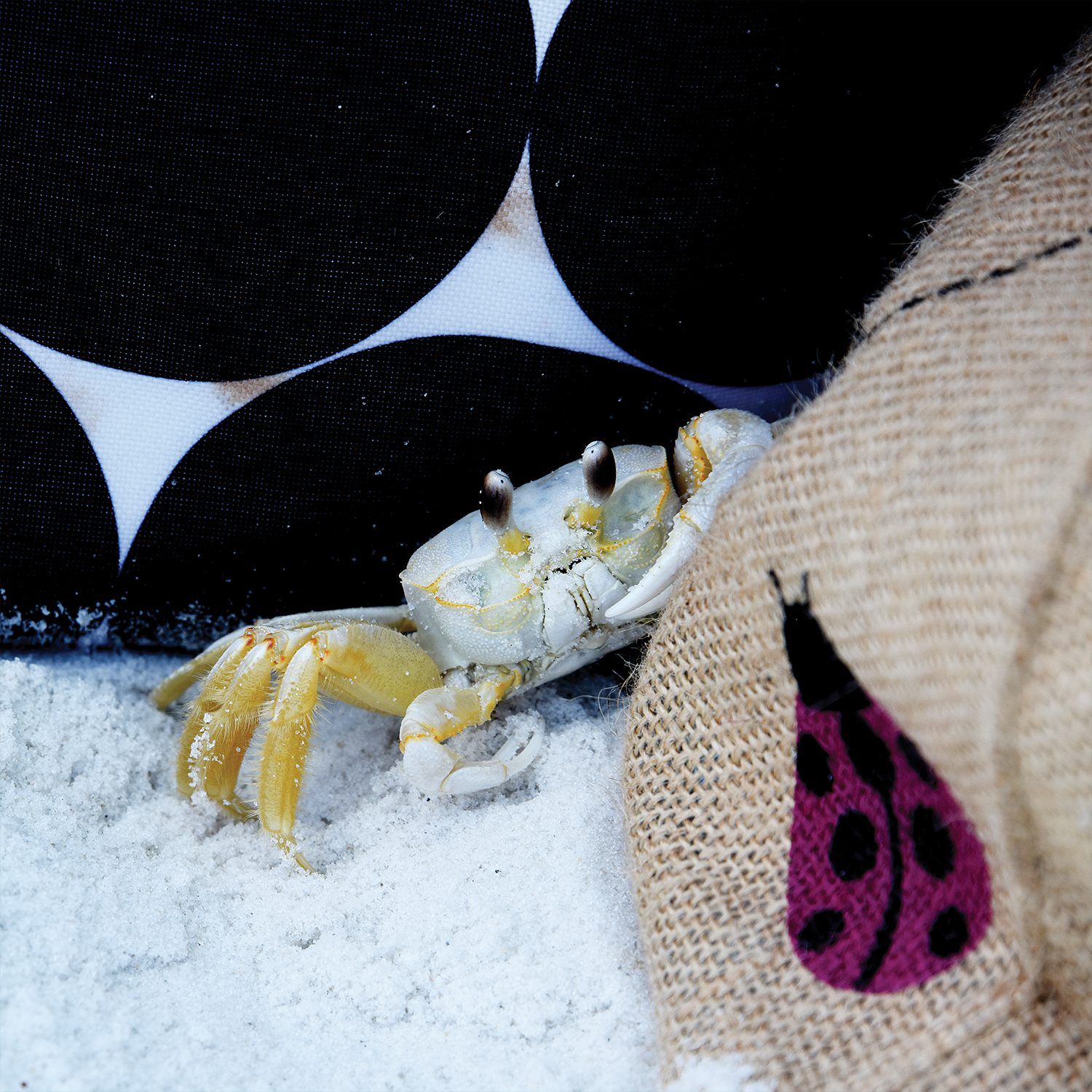Sea Life

Green Sea Turtles

Jellies
We have a number of types of jellyfish – or “jellies” – that can be found along Navarre Beach throughout the year. Most have nematocysts, or stinging cells, along the tentacles, although some jellies are harmless. The best thing to do is to be aware of your surroundings. If you see jellies, get out of the water and check with the lifeguards to determine if they are the stinging variety. When the stinging cells hit the body, they can leave a red rash. Most jellyfish stings will subside in a short time, but if you have persistent pain, trouble breathing or are sensitive to stings, seek medical attention.

Stingrays
Stingrays are in the shark family and, although not usually aggressive, many species have a sharp, serrated barb at the base of the tail. Stingrays seem to cruise gracefully through the water. However, they feed in the sand and can be found buried in sandy areas, which makes them hard to see and that can cause problems for beachgoers. Swimmers can step on the stingray and could get hit with the barb as the animal swims away. The best way to protect swimmers from this is to do what is known as the “stingray shuffle.” While walking along in the water, shuffle your feet along the sand. This will frighten the stingray away before you have a chance to step on the fish.

Sharks
First and foremost, the chance of a shark encounter along the Emerald Coast of Florida is very rare. You have a greater chance of getting struck by lightning or bitten by a dog. Sharks eat fish and other marine life, not people. When swimming, it is important to remember that the Gulf is a wilderness, not a swimming pool. Use common sense when enjoying this vast body of water.

Dolphins
If you’re on vacation here, you have probably come to play in the beautiful Gulf of Mexico. Bottlenose dolphins, frequently seen swimming just offshore, feel the same way about the clear blue waters. “They are very playful,” said Wade Jeffrey, an oceanographer who works at University of West Florida. “They are very social if they can find something to play with.” You might see them riding the compression waves in front of a boat or chasing a fishing boat, calculating the odds of a free meal.
You won’t see them too close to shore since dolphins are large mammals but keep an eye on the horizon when you’re sitting on the beach. They’re out there. And just like the human population of Navarre Beach, our dolphins are a mix of local animals and others just passing through.

Ghost Crabs
Ghost crabs, commonly seen scurrying into holes on the beach, are not dangerous to humans but can pinch if provoked. They may go in the water but cannot swim.